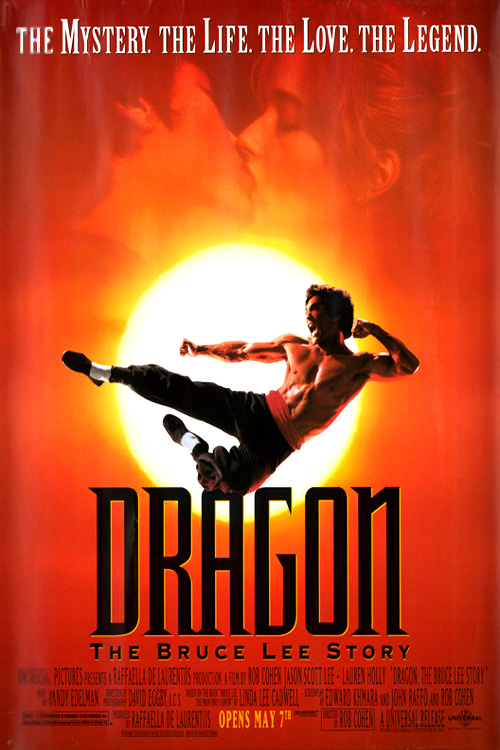

It took time to learn how to play with your back to the goal.
Film semi full full#
And that was what killed the notion that a very good midfielder could easily convert to full forward. The ability to play with your back to the goalposts was critical. Photograph: Billy Stickland/Inphoįull forward was not a position anyone could play.

Kerry’s Eoin Liston in action against Gerry Hargan of Dublin during the 1984 All-Ireland final at Croke Park. Breaking the ball was a tactic but it was a considered a lousy one. There was a time when it was deemed unfair for the full back to break the ball rather than try and fairly field it. The contest for the high ball was one of the spectacles of the game. Size, bravery and an eye for a goal were essentials. And they rarely strolled too far from that locality. They occupied the combat zone on the edge of the square. Traditional full forwards were usually men of significant physique – as were their opposite numbers. For decades in Gaelic football, the full forward had the classic role: the equivalent of the striker in football and the guy with an eye – and attitude – to score goals. Goalkeepers are staying at home again.Ĭuriously, the glamour seemed to ebb from the No 14 position even as the focus turned to the goalkeeper. Managers are cashing in those insurance policies. We are seeing less adventurism this summer. And from there, the goalkeeper became the key man.īut since Monaghan’s Rory Beggan was eviscerated by Kerry in the league in Inishkeen, when he was caught out field for two decisive goals, a degree of caution has crept back in. Slowly but surely the goalkeeper was asked to chance the odd kick out and it all led to the paradigm shift with Stephen Cluxton and he went majnun with the kick-out. There was a time when your job as goalkeeper was to place the ball on a small hillock for the full back to lamp downfield as far as possible. They’ve become extra outfield players, place kickers and the first point of attack through their kick-outs. Why or how has the goalkeeper become the key figure of the modern game? For quite a few years, coaching staffs have been incredibly bold and curious and willing to nibble around the edges of what is possible with goalkeepers. Strangely, the decline of the full forward has coincided with the emergence of the goalkeeper as the star position. The game is in an era when the once mythical full forward figure is almost forgotten. Until the service dried up and he ambled out the field. At the other end of the field, we saw a rookie Paddy Lynch who is the prototype full forward– size, speed, strength and equipped with an eye-catching directness. Very few men can live with Murphy under a dropping ball. Time and time again, Murphy quietly moved into the full forward position and had a huge mismatch on Pádraig Faulkner.

From our viewing area in Clones, we could see it perfectly on Sunday. Contemporary teams – and coaches – cannot countenance the thought of gambling possession: of turning the ball over by dropping in a ball for players to contest. I think that is the very reason why the spectacle has disappeared. They resulted, because of good fortune, in two Donegal goals. Sunday’s game spun on two miscued shots which happened to land on the edge of the Cavan small square. It would take a bit of courage and original thinking from the Donegal coaching staff but I feel they have the time and talent to do that. No team would want to face a Donegal team that had rehearsed and were committed to unleashing the potential of Murphy at full forward. Driving away from Clones on Sunday, I was convinced of this much. It will be a shame if they never give him a chance to truly show what he can do. He’s been the Donegal lodestar since he was a teenager and is in the golden years of his career. Why don’t Donegal do the obvious thing and build a game plan – now, this week – around Michael Murphy at full forward and see if they can win the All-Ireland? Sometimes the most obvious move is the one we cannot bring ourselves to make.


 0 kommentar(er)
0 kommentar(er)
